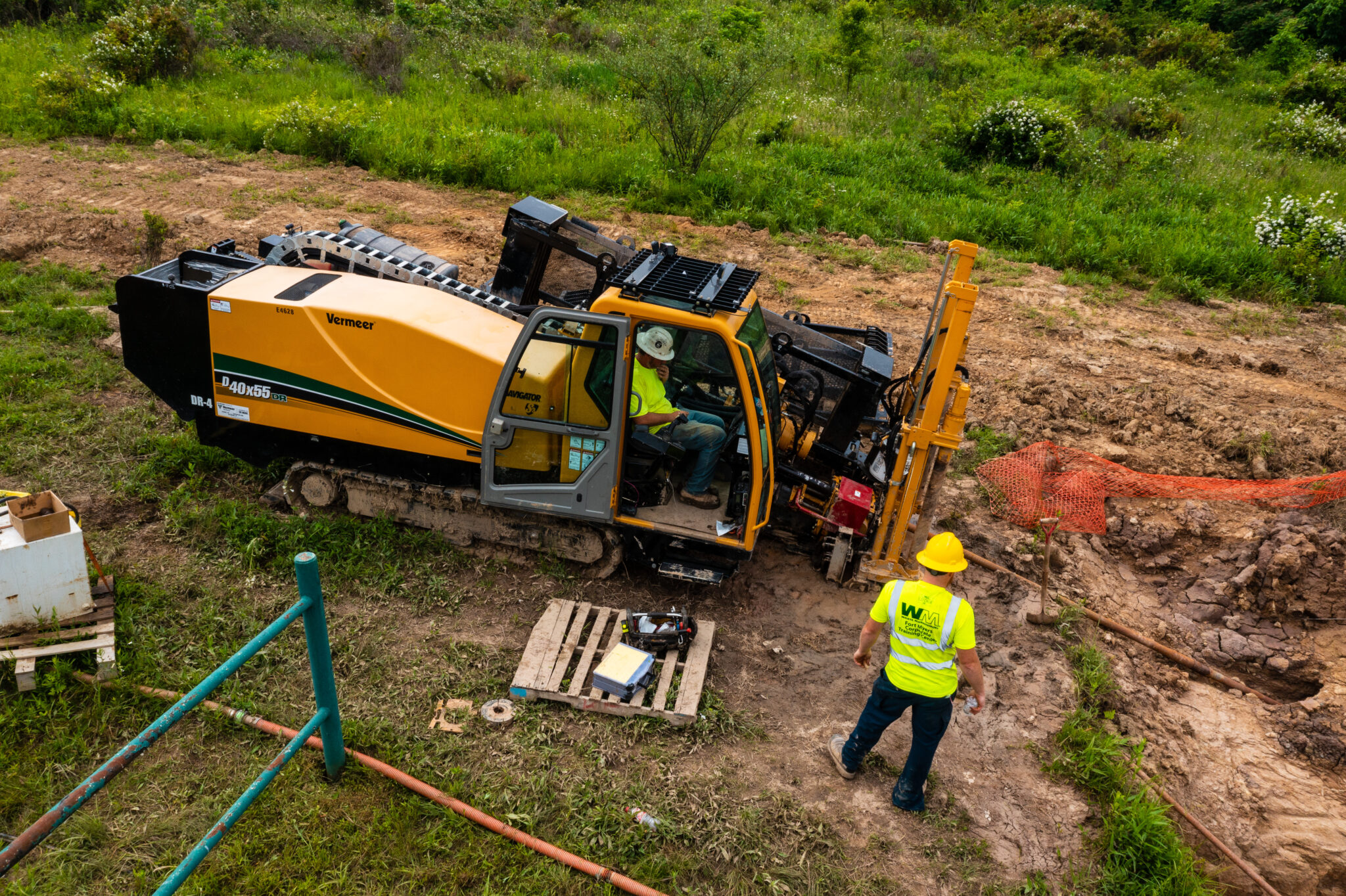Directional drilling methods is a groundbreaking technique that has transformative the approach to drilling in different industries. Unlike traditional vertical drilling, this novel method allows for the creation of angled boreholes, enabling the extraction of resources from deeper depths and more complex geological formations. As we examine the artistry involved in directional drilling, we will discuss its history, technology, and the extraordinary applications that have emerged from this innovative technique.
From the oil and gas industry to utility installation and sustainable energy projects, directional drilling offers a wealth of advantages over standard methods. By lessening surface disruption and optimizing efficiency, this technique has become indispensable for current infrastructure development. In this article, we will dissect the principles of directional drilling, examine its evolution, and underscore the key benefits that make it an critical tool for engineers and contractors alike. Whether you are a veteran professional or a beginner to the field, the insights shared here will improve your understanding of this changing area of drilling technology.
Comprehending Directional Drilling
Directional drilling is an innovative technique used to generate boreholes at multiple angles rather than just upward. This approach allows operators to access resources that are not directly beneath the drilling site, making it highly valuable in fields like petroleum, utilities, and sustainable energy. By manipulating the drill path through accurate angular adjustments, technicians can navigate around obstacles, reduce disruption on the surface, and enhance access to hard-to-reach areas.
The evolution of this technology has profoundly changed the environment of drilling operations. Early non-vertical drilling techniques were inefficient and often hinged on trial and error, leading to inefficiencies and increased costs. Today, modern equipment, cutting-edge software, and novel techniques have significantly improved precision and trustworthiness. The integration of sensors and real-time data observing enables teams to make informed decisions, ensuring ideal bore routes and successfully fulfilling the project objectives.
As the demand for green construction increases, grasping the subtleties of angled drilling becomes crucial. This technique is not only essential for traditional energy projects but also plays a critical role in city development and the setting up of utilities, minimizing surface disruption. By taking advantage of the merits of directional drilling, industries can manage projects more smoothly while tackling eco-friendly concerns, ultimately paving the way for more sustainable operational practices.
Advantages and Advantages
One of the main advantages of horizontal drilling is its ability to reduce surface disruption. Traditional drilling methods typically necessitate extensive clearing work and access roads, damaging the surrounding ecosystem. In contrast, directional drilling allows for the use of a much smaller footprint, as drilling can be initiated from a central point and then steered underground to the desired site. This is particularly beneficial in urban areas or environmentally sensitive locations where surface disruption must be reduced.
Time and financial savings are major advantages of directional drilling techniques. By allowing Directional Drilling Ireland to be drilled from a single location, operators can minimize the time and resources spent on site preparation and restoration. Additionally, the accuracy of directional drilling lowers the risk of encountering unexpected geological formations, which can lead to costly delays and complications. With effective planning and execution, projects can be completed sooner, allowing companies to maximize their investments.
Directional drilling also presents notable green advantages. It reduces the impact on natural ecosystems, as less drilling sites are needed when wells can be drilled laterally to reach several targets. This method can help preserve habitats and reduce damage to soil and waterways. Furthermore, as industries move towards more green practices, directional drilling offers a way to align infrastructure development with green responsibilities, supporting the transition to greener solutions.
Innovations in the Future
The landscape of directional drilling is continuously changing, propelled by progress in technology and a increasing emphasis on sustainable practices. One of the key trends is the inclusion of artificial intelligence and automation, which are set to enhance the precision and efficiency of drilling operations. These innovations allow for instantaneous data analysis, enabling operators to make informed decisions on drilling paths and adjustments without human intervention. As these technologies develop, they promise to reduce failures and improve overall drilling precision.
Another remarkable trend is the increasing use of cutting-edge sensors and software in directional drilling. These tools not only aid in well tracking and monitoring but also provide detailed data on earth conditions and environmental impacts. The capability to analyze this data in real-time supports more effective planning and execution of drilling projects, particularly in challenging environments. Furthermore, these technologies help in maintaining safety standards and eco-friendly practices, which are crucial in the present regulatory landscape.
Lastly, as the focus on renewable energy intensifies, directional drilling is expected to play a key role in the development of eco-friendly infrastructure. Innovations in drilling techniques and equipment designed for minimal environmental disruption are becoming more common, addressing issues associated with traditional methods. This change not only places directional drilling as a essential component in energy transition efforts but also promotes the development of energy sources like geothermal and wind energy, enhancing the applications of directional drilling in the sustainable sector.

